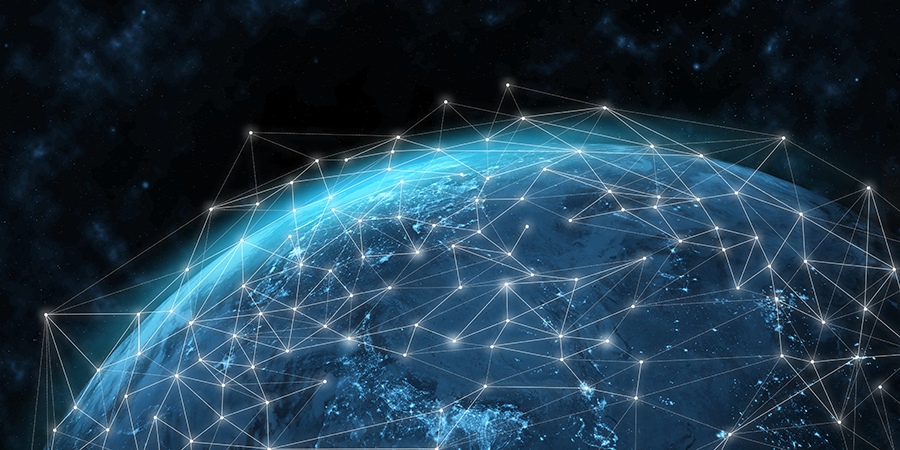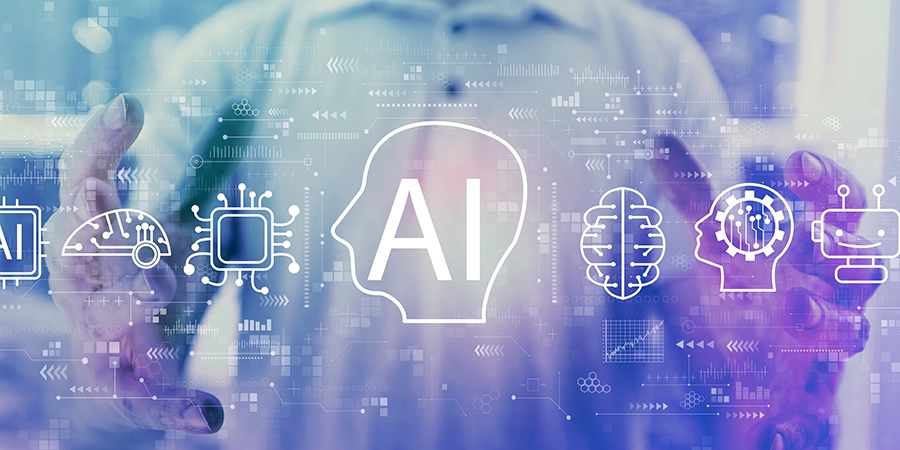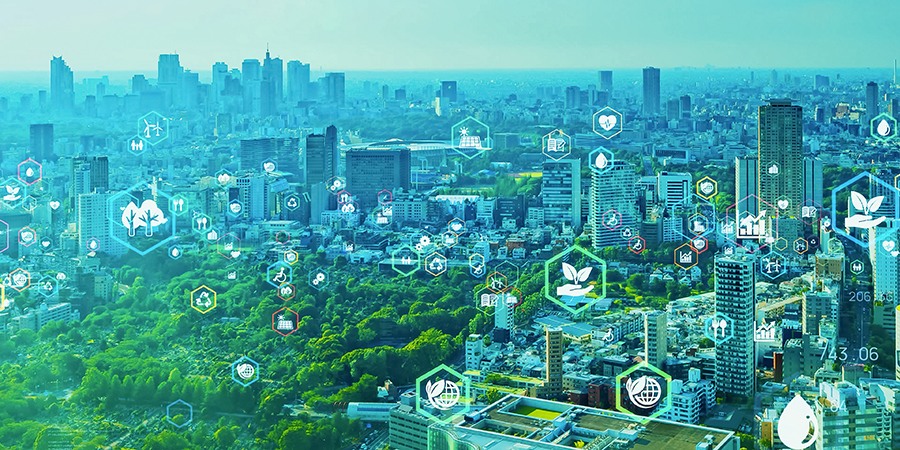In today's digitized world, connectivity is crucial to digitalization, and networks are key to connectivity. Enterprises need to build intelligent networks with agile architecture and energy-saving features to fully maximize their digital productivity in order to create the ultimate user experience.

Reports and Coverage
The Rise of NetCos
According to the 2022 Mobile Economy Report by GSMA, the number of 5G global connections is predicted to double to 2 billion by 2025. The pace of 5G deployments has overtaken the previous generation of mobile technology, and in a short time, marked progress has significantly impacted network deployment, consumer services and industrial applications.
e&: Collaboration Between Telcos and Hyperscalers Is Key
During Capacity Middle East 2023, Omar Hasan Al Zaabi, senior vice president of product and business development, e&, joined a panel entitled “How will the Middle East’s most powerful data centers unlock the digital economy?”
Exploring Generative AI
An 80s American TV series called “Small Wonder” had everyone glued to their sofas during prime time. It was about a robot modeled as a 10-year-old girl who was adopted as a daughter by her maker and his family. The amusing conversation between “Vicki” — a morphed translation of Voice Input Child Identicant (V.I.C.I.) — and the family members as she tried to pick up human behavior through her super-powered learning system made for exciting TV watching.
Gulf Bridge International CEO: We Build and Partner With Telcos
During Capacity Middle East 2023, Cengiz Oztelcan, CEO, Gulf Bridge International (GBI), based in Doha, Qatar, joined a panel focused on the topic of “optimizing the connectivity partnership model.”
Small Satellites and the Future of Spacetech
In the context of space technology, the earth has significantly benefited from a lot of innovations and advancements related to space, particularly in terms of communications, positioning based on products or services, earth observation based on gathering data about Earth’s physical, chemical, and biological systems using remote sensing technologies, and commercial space activity such as direct-to-home satellite television (DirecTV and DishTV), satellite radio (Sirius XM), and commercial communications satellites that transmit voice, data and Internet services (such as Intelsat Ltd., SES Global, and Eutelsat).
Boosting Fiber Networks Capacity
On today’s information highway, perhaps the best conduit to carry data so far has been optical fiber or fiber optic cables. Fiber optics transmit data using light as the carrier through optical fibers that are thinner than a human hair. Over the years, this technology is steadily gaining popularity with its advantages like higher bandwidth, better long-distance communication, lighter weight and higher security compared to metal cables.
Huawei Launches Three Latest Optical Solutions to Drive F5.5G Network Evolution
The Huawei Product and Solution Launch 2023, held as part of the Mobile World Congress agenda, featured the president of Huawei Optical Business Product Line, Richard Jin, among its roster of speakers.
Sustainability and Technology: Building Today for Tomorrow
2023 is bound to be a year of uncertainty and staggering variability, and yet it is when actions become intensified with regard to pushing sustainability as a top priority on national and global agendas.
BostonGene, NEC and Netcracker Leverage Data to Enrich and Improve Society
Andrew Feinberg, Chairman and CEO of Netcracker and BostonGene, and Takayuki Morita, President and CEO of NEC Corporation, shared the stage to deliver a keynote during MWC 2023.














